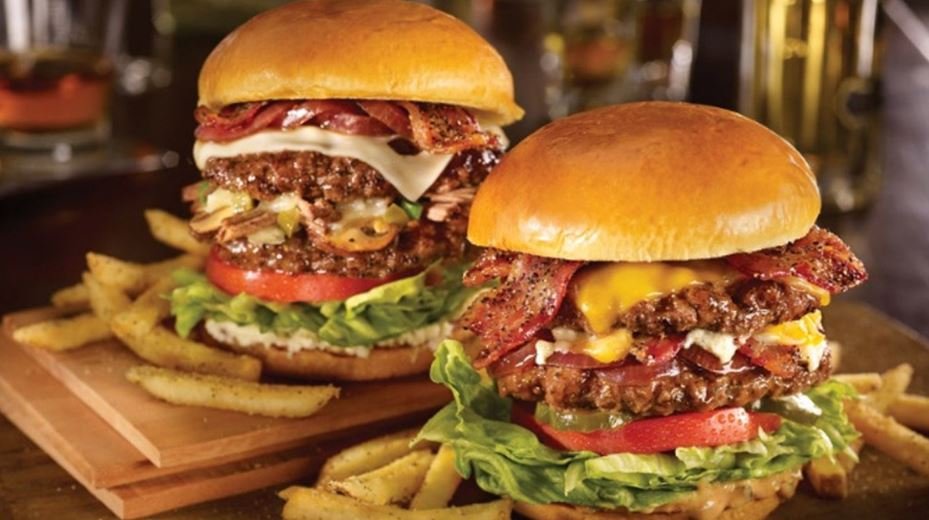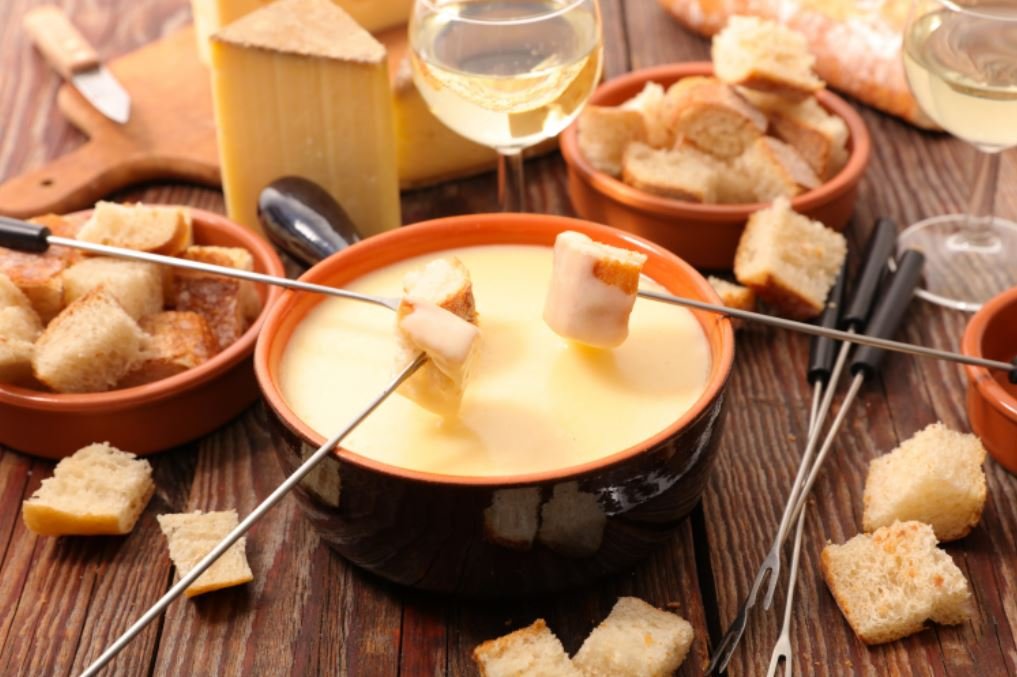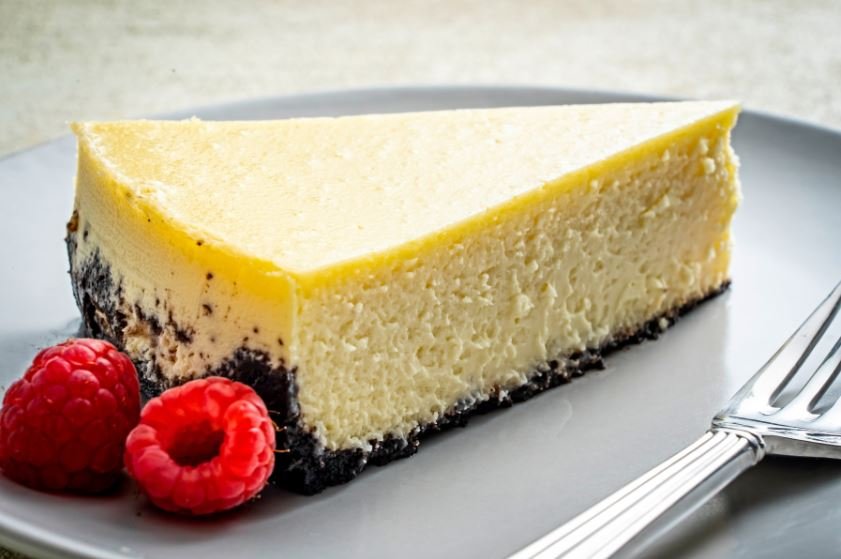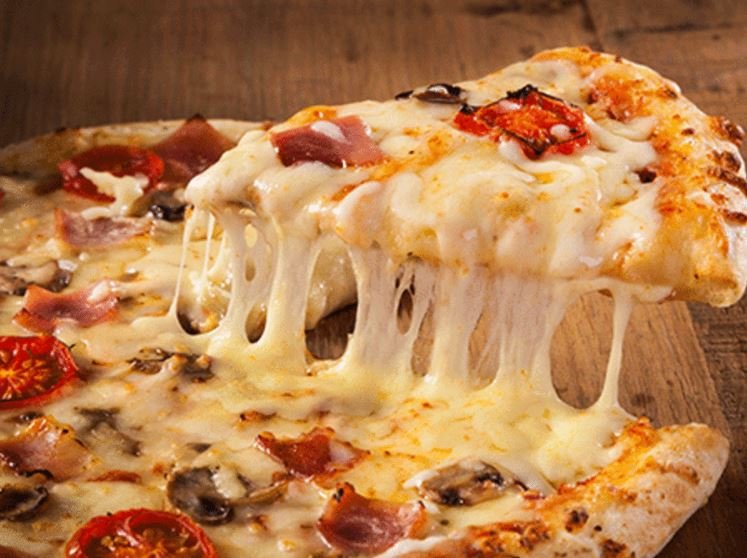So what type of cheese goes with which Pasta? Well, there are lots of different answers to that question!
Cheese has always been one of the main ingredients in Italian cuisine and plays a major role in the Mediterranean diet. Most people will say, “your pasta is incomplete without some cheese in it,” but with over 300 varieties of cheese in the world, how do we get to know the best cheese that will give a very good and sumptuous taste with any variety of Pasta?
In this article, we have carefully researched to bring to you our best ten kinds of cheese that can go well with any variety of Pasta you have.
Enjoy your read as we take you through the top ten best kinds of cheese for any pasta.
What Cheese Is Best For Pasta?
Understandably, we all have different tastes, so while some prefer Pasta with high moisture content cheese that gives a more pronounced creamy indulgence, some will love theirs with just some cheese toppings.
However, there are these cheeses that will always complement the taste of every Pasta. With that said, these are some of the best cheeses for Pasta.
1. Parmesan Cheese (Parmigiano Reggiano)
Parmesan cheese is considered to be one of the best cheeses for Pasta. This hard Italian cheese has a sharp taste and is often used as a condiment for pasta dishes. It’s also popularly used as an ingredient in many other foods, like casseroles and salads.
It originates from Parma and Reggio Emilia, Italy, and is made from cow milk aged for a minimum of 12 months and a maximum of 36 months. It has a characteristic hard texture with a spicy, fruity, nutty, and salty taste that leaves you craving more after eating.
It is a fine cheese, and because of its hard texture, parmesan cheese is best grated or melted over Pasta. This cheese is undoubtedly the best for Pasta because it brings out the authenticity of the Pasta to which it is being added.
2. Grana Padano
Grana Padano is a hard Italian cheese made from cow’s milk. It has a distinctive taste and aroma, which is somewhat nutty and fruity. Grana Padano is often used in pasta dishes, as it melts well and makes a tasty sauce when combined with tomato sauce.
Just like the parmesan cheese, the Grana Padano is made from cow milk, but unlike it, the aging time of the Grana Padano ranges from 9-20 months.
To be precise, Grana Padano cheese originates from northern Italy, Emilia Romagna. There are three varieties of Grana Padano cheese, each of which has its unique feature. There is one with a creamy and slightly grainy texture, another with a crumblier texture with a more pronounced taste, and lastly, one with a grainy and crumbly texture and a fully flavored taste.
The Grano Padano also has a nutty flavor and is a substitute for Parmesan cheese. However, unlike the parmesan cheese, which is grated and added as toppings to the Pasta, the Grana Padano is cooked with the Pasta.
3. Pecorino Romano
Pecorino Romano is an Italian cheese made from sheep’s milk. It’s popular for its sharp, salty flavor and firm, crumbly texture. Pecorino Romano is a wonderful choice for Pasta, as it’s perfect for topping with just about any sauce.
Unlike the parmesan and the Grana Padano cheese, which is made from cow milk, the pecorino romano cheese is made from sheep milk which has been allowed to age for 5 -8 months.
It has a characteristic hard and crumbly texture with an overtly salty taste.
And just like the parmesan cheese, it is grated over the Pasta and added as toppings. It is mainly used in Cacio e Pepe’s preparation and for garnishing Bolognese sauce.
4. Asiago
Asiago is another popular go-to cheese for Pasta. It is a hard cheese made from cow’s milk. It has a mild, nutty flavor and creamy consistency. Asiago is best served as a table cheese or in salads, and it can also be used to add flavor to Pasta, soups, and sauces.
Asiago works well in Pasta and lasagna because its texture helps bind everything together while keeping all flavors separate.
Unlike parmesan cheese, aged asiago cheese is made from cow milk that has been pasteurized. It has a pale-yellow color, a creamy and crumbly texture, and a creamy and nutty taste.
Aged Asiago cheese has a flavor that is just like parmesan cheese. Still, the only difference is that the aged asiago is a bit creamier and nuttier and, as a result, gives a creamy indulgence when taken used with Pasta.
5. Ricotta Cheese
Ricotta cheese is also great in lasagna, cannelloni and tortellini fillings, as well as other baked pastas such as manicotti or tortelloni. Ricotta’s creamy texture makes it an ideal choice for sauces like Alfredo or Marsala.
The name Ricotta is coined from the Italian word “recocta,” which means “cooked twice” this describes how ricotta cheese is prepared. The coagulation of the remnant protein after casein (curded milk) has been used to make a particular cheese.
Ricotta cheese is made from the whey leftover from cow, sheep, goat, or Italian buffalo milk after other cheese has been produced. The fat-to-protein ratio is low, so we recommend this cheese for people with casein intolerance.
Ricotta cheese is a good cheese for Pasta due to its nutritional benefit, and if you are on a diet, you may want to use Ricotta cheese with your Pasta.
6. Ricotta Salata
The name Ricotta Salata in English means “recooked” or “salted,” so we can say that this cheese is the salted version of Ricotta cheese. It is made from the part of sheep milk that has been whey, pressed, salted, and aged for a minimum of 3 months.
Ricotta Salata has a creamy white color and a stable texture; its stable texture is best grated and sprinkled over Pasta, giving it a creamy and salty taste experience.
Ricotta Salata is especially good on Pasta or pizza because it can handle being baked without melting into the Pasta, making it the perfect substitute for parmesan.
7. Feta Cheese
Feta, a cheese of Greek origin, is made from sheep’s milk or a mixture of sheep’s milk and goat milk, which has been salted. Feta cheese has a soft, slightly grainy, and crumbly texture with little or no holes and no skin.
It is a cheese formed into blocks and allowed to age in the brine solution for at least 90 days. Due to its preparation method, Feta cheese has a salty taste that can be mild or sharp.
Feta cheese is not the type to be melted into Pasta, but one to enjoy the taste. It is often used as a table cheese and crumbled on salads or cooked vegetables. It can also be sliced or diced and added to grilled foods such as burgers, steaks, and chops.
So it is best to use Fate cheese as toppings for pasta sauce instead of a binder. Regardless, Feta cheese would still help you make one kick-ass pasta sauce.
8. Mozzarella Cheese
This list of best cheese for Pasta will only be complete with good ol’ Mozzarella. Mozzarella is one of the most versatile cheeses you can use in pasta recipes because it melts easily and has a mild flavor. It’s also affordable and widely available in supermarkets.
Mozzarella cheese is of southern Italian origin, made traditionally from the milk of an Italian buffalo by a method called Pasta Filata. This cheese is normally white in appearance but turns slightly yellow when seasoned.
Traditionally, the mozzarella cheese is served the day after it is made due to its high moisture content, but it can be preserved in a salt solution for a week or more.
However, the low-moisture mozzarella cheese can be stored in a refrigerator for up to one month. It has a milky taste and will give a good experience when taken with Pasta.
Mozzarella is an excellent choice for melting if you want to make a lasagna or other Italian dish with Pasta. It can also be used in sandwiches, salads, pizzas, and calzones.
9. Gorgonzola Cheese
Originating from Gorgonzola, Italy. This cheese is made from unskimmed cow milk, which has been pasteurized, taking about 90-120 days to ripe fully. It is soft and has a characteristic blue-veined color.
The cheese has a creamy texture and can be used as an ingredient or served on its own. It has an intense flavor that goes well with Pasta, bread, fruit, and honey. The flavor of Gorgonzola cheese pairs perfectly with wine, beer, and coffee.
The Gorgonzola cheese has a crumbly and soft texture with a nutty aroma, a feature synonymous with parmesan cheese. Still, unlike the parmesan cheese, the Gorgonzola cheese is soft, so it’s not one for grating but one that can be used when preparing a sauce to be used with your Pasta.
10. Cheddar Cheese
Cheddar is the only non-Italian cheese that still makes great Pasta.
Cheddar cheese is a type of cheese that can be used to make a delicious pasta dish. It is made from cow’s milk and has an intense flavor. It is one of the most popular cheeses in the world and is known for its sharp taste.
It is a hard cheese with a slightly crumbly texture if properly cured; it has a mild taste initially, which gets sharper as it matures over time.
As a result of its hard texture, it is grated over the dish and added as toppings; Cheddar goes very well with a variety of dishes, and with Pasta, it gives almost the same taste as the parmesan cheese would.
Due to variations in tastes and preferences, it will be hard to conclude that just a particular type of cheese is the best for Pasta.
It depends on what you want at a particular time; if you want salty cheese or one with enough cream content, you know just the best one to use. Professional Italian chefs will frown at using cheddar cheese toppings on your Pasta, but we believe that your Pasta has some cheese, so it is a good one.



















